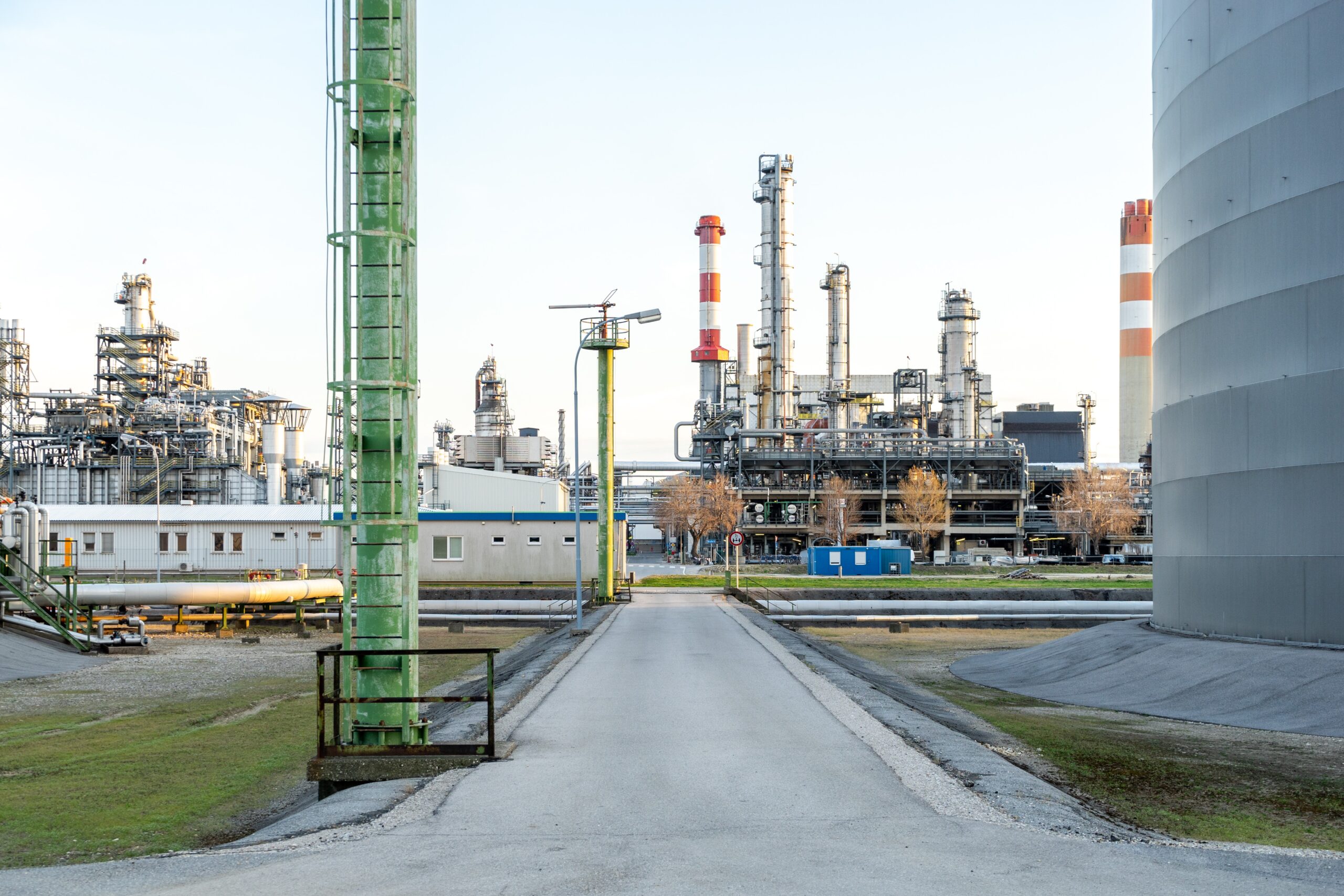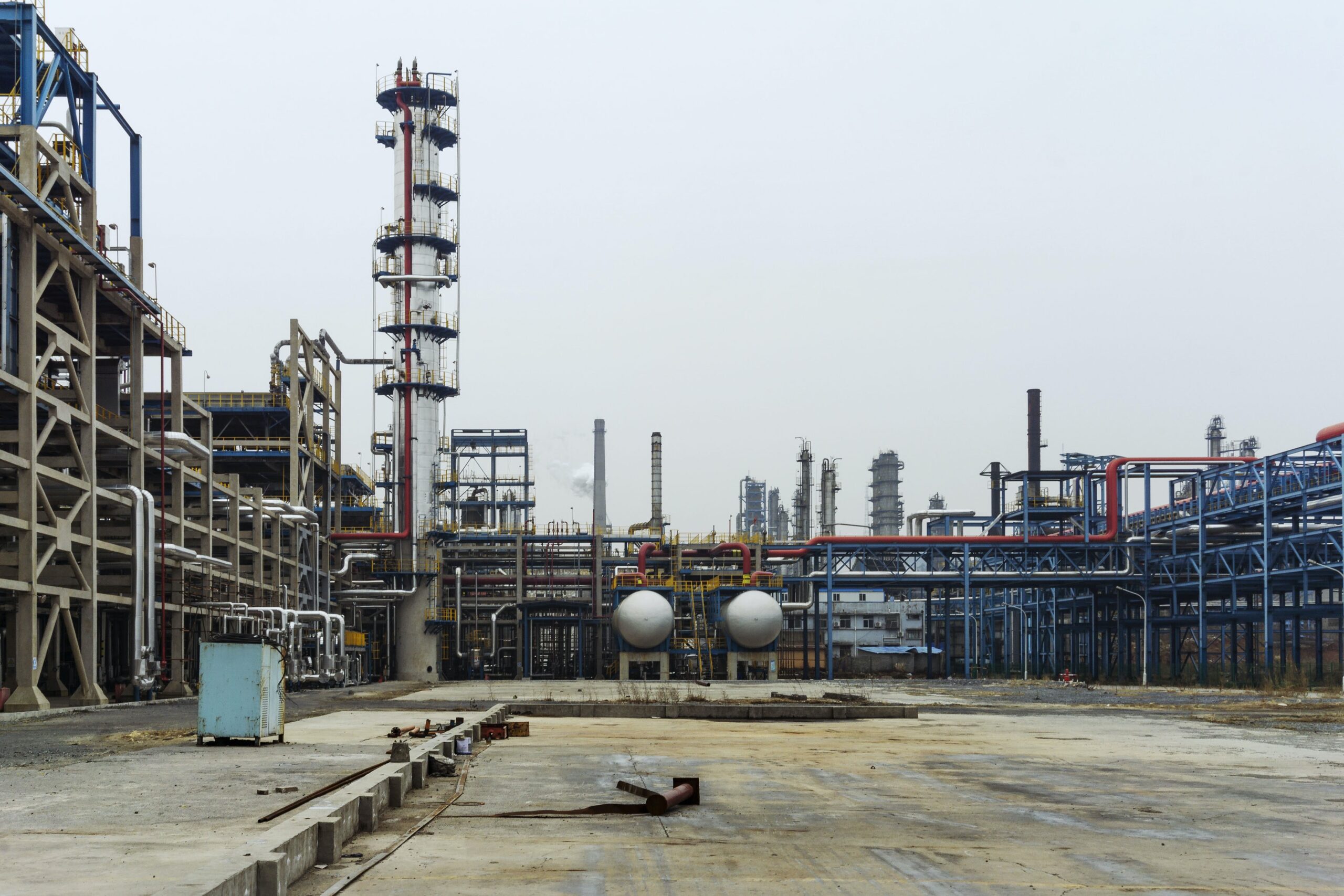In the world of industrial projects—especially in sectors like oil and gas, chemical plants, power generation, and pharmaceuticals—piping systems are the veins through which fluids and gases flow. But designing, constructing, and commissioning a piping system is a complex process that involves multiple specialized departments working together with precision and coordination.
This blog explores the key departments involved in piping projects, their roles, responsibilities, and how they contribute to the successful execution of a project.

1. Piping Design & Layout
The Piping Design Department is responsible for the physical layout of the piping system, ensuring that pipes are properly routed between equipment, structures, and utility systems.
Key Responsibilities:
- Develop plot plans and equipment layouts
- Generate piping GA (General Arrangement) drawings
- Create isometric drawings from 3D models
- Ensure maintainability, safety, and accessibility
- Coordinate with structural, electrical, and instrumentation teams
- Use software like AutoCAD, SmartPlant 3D, or PDMS
2. Piping Material Engineering
Material engineers select the appropriate piping materials based on process requirements, corrosion factors, and temperature/pressure conditions.
Key Responsibilities:
- Develop Piping Material Specifications (PMS)
- Define pipe classes and wall thickness calculations
- Select valves, gaskets, bolts, and fittings
- Address corrosion control and material compatibility
- Ensure compliance with international standards (ASTM, ASME, API)
3. Piping Stress Analysis
This department ensures the piping system can safely withstand mechanical and thermal stresses during operation.
Key Responsibilities:
- Perform stress analysis using tools like CAESAR II or AutoPIPE
- Evaluate effects of thermal expansion, weight, vibration, and pressure
- Recommend supports, expansion loops, and flexible connectors
- Ensure compliance with codes (e.g., ASME B31.3, B31.1)
- Analyze and reduce nozzle loads on rotating and static equipme
4. Piping Procurement
The procurement team ensures all piping components and materials are sourced, purchased, and delivered on time.
Key Responsibilities:
- Issue RFQs (Request for Quotations) and manage vendor selection
- Review technical bids and ensure compliance with PMS
- Track delivery schedules and coordinate logistics
- Conduct vendor inspections and manage documentation (e.g., MTRs)
5. Piping Fabrication
Key Responsibilities:
This department handles the workshop-level fabrication of piping spools before they’re delivered to the site.
- Cut, bevel, and weld pipes per isometric drawings
- Conduct Non-Destructive Testing (NDT) on welds
- Prepare and tag spools for easy identification and transport
- Maintain fabrication logs and QA/QC documentation
6. Piping Construction (Erection)
The site construction team is responsible for the installation and assembly of piping systems at the project location.
Key Responsibilities:
- Erect fabricated spools on supports
- Perform field welds, fit-up, and alignment
- Install valves, flanges, supports, and instruments
- Coordinate with civil and mechanical departments
- Resolve field conflicts and support pre-commissioning
7. Piping QA/QC
This department ensures the quality and compliance of all piping fabrication and erection activities.
Key Responsibilities:
- Review and approve Welding Procedure Specifications (WPS)
- Inspect welds using radiographic, ultrasonic, and visual testing
- Monitor hydrostatic and pneumatic testing
- Prepare quality documentation and test reports
- Support client inspections and audits
8. Commissioning Department
This team ensures the piping system is ready for safe and efficient startup and operation.
Key Responsibilities:
- Perform flushing, chemical cleaning, and air blowing
- Test valves, actuators, and instruments
- Conduct leak tests and resolve punch list items
- Perform system walk-downs and finalize handover
Piping engineering is a multi-disciplinary effort that relies on precise coordination among various specialized departments. Each department—from design and stress analysis to fabrication and commissioning—plays a vital role in ensuring the functionality, safety, and efficiency of the piping system.


